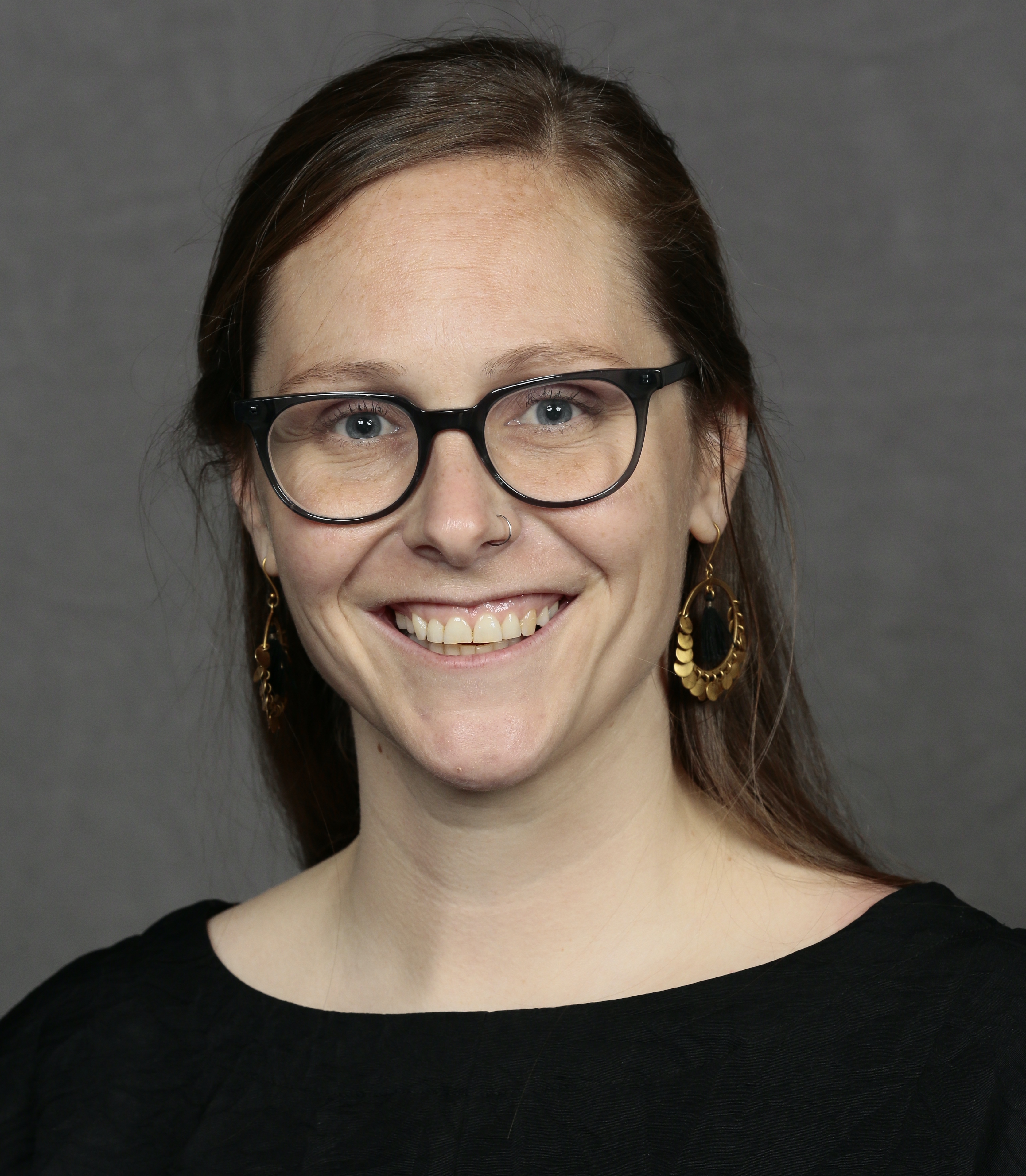Positive Psychology
(PS8-D96) The Relationship of Meaning & Purpose and Positive Affect in Adolescents with Chronic Illness: Age as a Moderator
- JM
Jena Michel, M.A.
PhD Student
Georgia State University
Atlanta, Georgia - CS
Caitlin Shneider, M.A.
PhD Student
Georgia State University
Atlanta, Georgia 
Meghan S. Goyer, M.A.
PhD Student
Georgia State University
Atlanta, Georgia- SM
Sarah Moran, B.A., M.A. (she/her/hers)
PhD Student
Georgia State University
Atlanta, Georgia - KM
Katie Murphy, None
Graduate Student
Georgia State University
Atlanta, Georgia - HQ
Heather D. Quirk, None
Research Assistant
Georgia State University
Atlanta, Georgia - LC
Lindsey Cohen, Ph.D.
Chair of Psychology; Distinguished University Professor
Georgia State University
Atlanta, Georgia - LM
Laura G. McKee, Ph.D. (she/her/hers)
Associate Professor
Georgia State University
Decatur, Georgia
Author(s)
Co-Author(s)
Background: Youth with chronic illness experience a range of stressors that impact mood and coping (Spirito et al., 1994). Although less understood, indicators of emotional well-being (e.g., positive affect, meaning and purpose) are important to study in this population. Some individuals with chronic illness may report a change in life perspective, enhanced sense of purpose, or life meaning following diagnosis (Grinyer, 2009). Youth who frame their chronic illness diagnosis as an opportunity for greater understanding and awareness of life purpose may have better outcomes compared to youth lacking this perspective. This may impact indicators of emotional well-being, such as positive affect, which has been shown to have an important role in pain. For example, in individuals with sickle cell disease (SCD), positive affect is associated with lower levels of current and future pain (Gil et al., 2004). This study will examine associations between meaning and purpose and positive affect in a sample of adolescents with diagnoses of either cancer or SCD.
Methods: Participants include 29 youth ages 12-18 years (Mage = 15.45, SD = 1.79; 55.2% female; 13.8% Hispanic; 53.6% Black/African American; 42.9% White, 3.6% Asian). Of the 29 participants, 15 had a diagnosis of cancer and 14 had a diagnosis of SCD.
Results: Bivariate correlations revealed that meaning and purpose was positively associated with age (r = .53, p</em> = .003) and negatively associated with female gender (r = -.38, p = .05). Diagnosis category was positively associated with positive affect (r = .54, p = .003) such that patients with cancer reported higher levels of positive affect relative to their peers with SCD. There was a significant main effect of meaning and purpose on positive affect (b= .58, p = .003) and a nonsignificant main effect of age on positive affect. A significant interaction of age by meaning and purpose on positive affect (b = .30, p = .002) emerged. Specifically, participants 15.45 years and older experienced a greater impact of meaning and purpose on positive affect relative to younger participants (those between 12-15.45 years).
Conclusion: Among our sample of adolescents with chronic illnesses, results suggest that levels of meaning and purpose increase in later adolescence. The strength of the association between meaning and purpose and positive affect was stronger for older adolescents relative to their younger peers. This suggests that an important developmental task of coping through meaning-making may take place later in adolescence among those with chronic illnesses.

